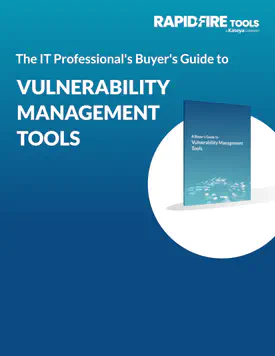Vulnerabilities pose such a risk to organizations that the National Institute of Standards and Technology’s (NIST) Computer Security Division maintains a National Vulnerability Database (NVD) to aid businesses’ security efforts. Vulnerability scans play a crucial role in safeguarding networks. A scan includes detecting, assessing and mitigating security vulnerabilities of a client’s systems and software. The key factor here is detection. Weaknesses cannot be remedied until they are discovered. The longer a vulnerability goes undetected, the more damage that can occur.
Showing your clients the risks that scans uncover helps you make the case for their worth. Explain that as a value-added service, you will perform regular vulnerability scans to help identify new security vulnerabilities. Then propose to address some of these issues as part of your regular managed services –such as patching vulnerable systems.
Offer your clients remediations for a premium as a project or ask them to sign up for enhanced managed security service. You can continue to do this monthly until the risks you uncover motivates them to sign up for your recurring service.
VulScan is a key component to proper vulnerability management and can help you handle IT security. It has all the features you need for both internal and external vulnerability management, and even includes an optional portable scanner that you can tote from one location to another for ad hoc scans without consuming additional licenses. Best of all, VulScan is priced so that cost is no longer a barrier to scanning as many assets as you need, as frequently as you want.
VulScan delivers all the features you need and allows you to perform as many scans as you want, as frequently as you want, for as many assets, at any client site.
Click here to get your demo of VulScan and learn more about how it helps you create greater profitability with vulnerability management.
